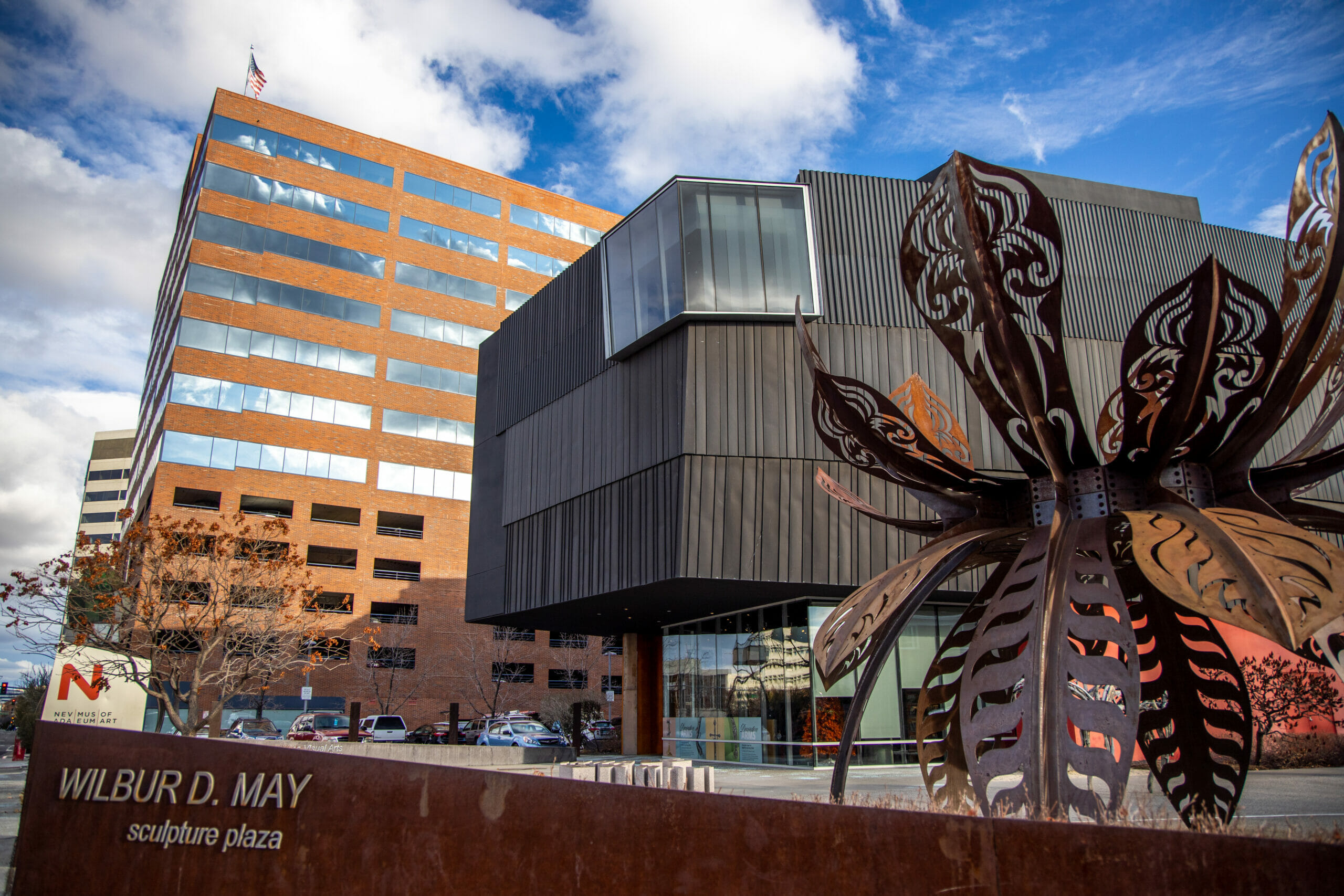OPINION: Reno exhibit sends a powerful and poignant immigration message to all Nevadans

Teachers and students, firefighters and farmworkers, and laborers with the tools of their trades, leave one life behind to come to a country that, for many, exists more in dreams than in reality. Some do not speak the common language, but all hear America singing.
To experience this vision of the immigrant story as rendered by Guillermo Bert is to see it in a new light.
At a time when immigration and the control of the U.S.-Mexico border are more politically polarized than ever, and that’s saying something given our history, a recent visit to Bert’s ingenious mixed-media exhibit, “The Journey,” at Reno’s Nevada Museum of Art, provided a reminder of what is at stake for all concerned.
The Chilean-born and Los Angeles-based artist’s work reverberates with passion and cultural meaning and political messaging. In today’s reactionary social climate, a time when library board meetings erupt in chaos, I’m a little surprised the exhibit didn’t draw a picket line of angry protesters.
In “Tumble Dreams,” ghostly tumbleweeds embedded with video recount harrowing tales of immigrants’ dangerous treks north to America. Children, pregnant mothers and former business owners seeking new opportunities tell of risking death for a future that is also uncertain. Although the dangers immigrants face in Mexico have been widely reported, Bert’s intimate oral history lesson is haunting.
“I would like to represent this journey by the image of a tumbleweed, always changing direction, forming a new kind of nomadic population on the move,” Bert has said of the piece. “The tumbleweed is particularly tied to the Southwest landscape where the dry conditions and the desert are also the backdrop of the crossing for the Latin American migrant.”
“Sound Bites” has a far more urban feel. Consumerism and displacement receive no quarter here. Bert takes his political worldview to the wall in the form of wicked-clever and thoughtful neon signs with messages sure to make some smile and others wince at the glowing truth. “There is no filter for toxic culture,” reads one. “You don’t have the right to remain silent,” chides another.
A personal favorite: “Trusting the margin of error was a huge mistake.”
“Encoded Textiles” are just that, computer codes placed in wool rugs of weavers with whom the artist worked in Chile and Oaxaca, Mexico. Accessing the QR codes with a smartphone takes viewers to additional material and documentary video sure to remind you there’s a deeper story behind every picture.
Then there’s a series of laser-cut wood blocks made to look like gold bars under plexiglass. Their messages are biting. Three examples: “Inquisition: when facts and science are the enemy,” “Cover Up: for those award moments,” and “Genuine Fake News: when alternative facts are not enough.”
Surely the stars of this remarkable show are the characters that comprise “The Warriors,” a series of life-sized, laser-cut wooden sculptures based on Latino workers who played an unsung, but essential role in keeping the country moving during the COVID-19 pandemic. The sculptures themselves are fascinating and a reminder of Bert’s gift mixing cultural meaning with technological innovation. Mirrors multiply the images in a desert landscape in an installation inspired by the 2,200-year-old “Terracotta Army” sculptures unearthed in 1974 in China.
Under Bert’s hand, the army of working warriors helped win a battle for which no medals were given. As art critic Alma Ruiz observes, “These individuals perform jobs without which the country would come to a standstill. From that perspective, frontline workers are like an army of warriors always ready to serve.”
Bert’s work reminds me of one of the many ironies of the immigrant story in Nevada. We live in a place that likes to harken to its rural roots — one all too often portrayed more by marketing legerdemain and Hollywood stereotype than historical veracity. The state has long been a land built by immigrants and outsiders whether they arrived by wagon from the East or on foot from south of the border. Take a drive through the state sometime, and you’ll find it’s still that way.
Bert’s “The Journey” ends Feb. 4. in Reno. The images it projects and the messages it conveys reverberate with meaning. Perhaps one day it will find its way to Las Vegas, a city being built with immigrants in real time.
John L. Smith is an author and longtime columnist. He was born in Henderson and his family’s Nevada roots go back to 1881. His stories have appeared in Time, Readers Digest, The Daily Beast, Reuters, Ruralite and Desert Companion, among others. He also offers weekly commentary on Nevada Public Radio station KNPR.
